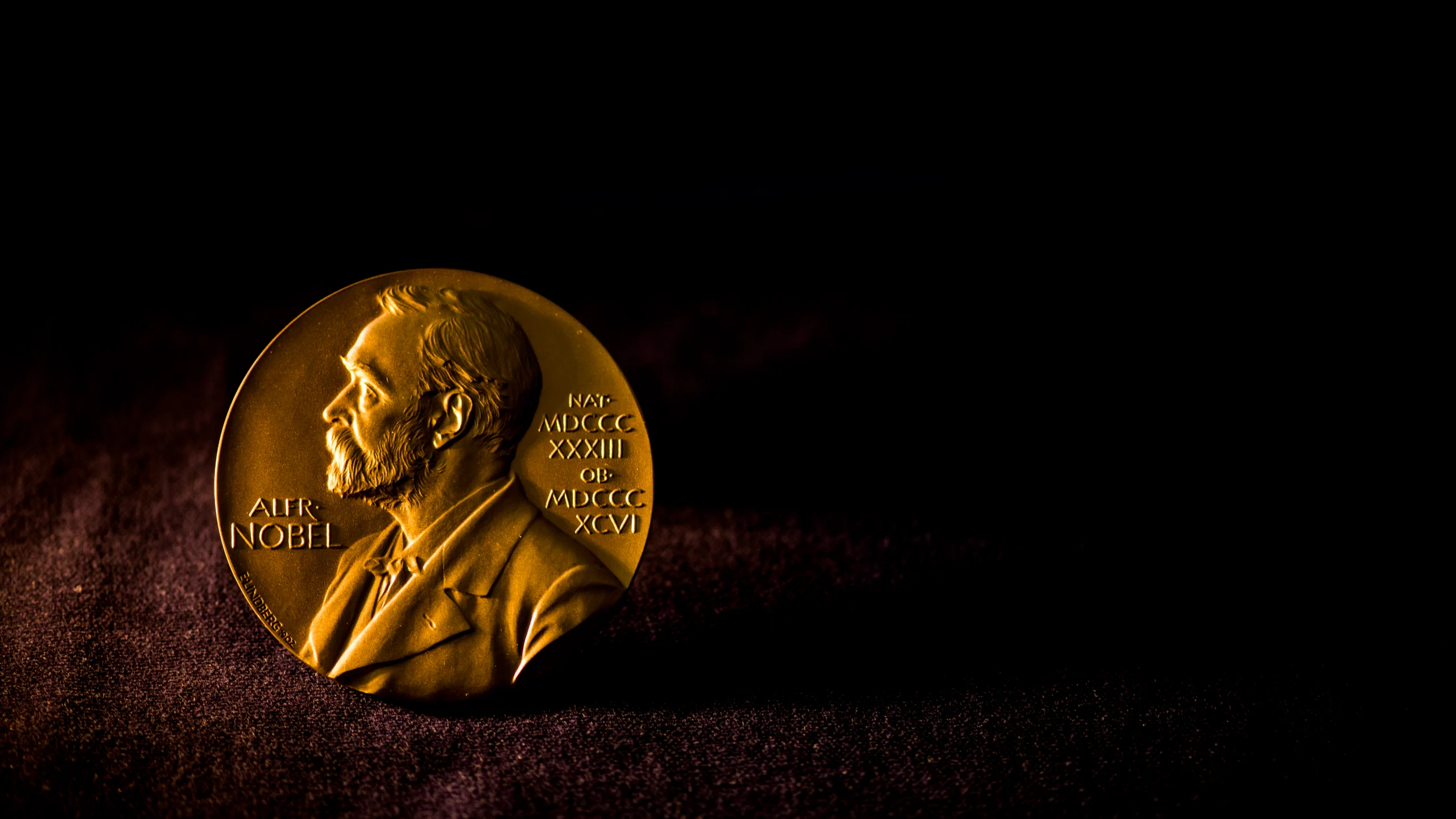Alfred Bernhard Nobel was a Swedish scientist who discovered dynamite. He held a total of 355 patents during his lifetime.
His will had a very interesting clause. All his money was to be used to set up 5 prizes – in the areas of medicine, physics, chemistry, literature, and peace.
The first prizes were handed out in 1901, 5 years after the death of Alfred Nobel.
The economics award — officially known as the Bank of Sweden Prize in Economic Sciences in Memory of Alfred Nobel, was created by Sweden’s central bank in 1968. It is informally called the Nobel prize for Economics.
Every year, in October, the Nobel Foundation announces the winners. The prizes are handed out on December 10th each year. This day marks the death anniversary of Alfred Nobel.
Each prize is worth 10 million kronor (nearly $900,000) and comes with a diploma and a gold medal. Each Nobel Prize diploma is a unique work of art, created by leading Swedish and Norwegian artists and calligraphers.
This year’s winners have been announced in 2 categories and over this week, the other 3 will be added.
Nobel Prize for Medicine 2022
Svante Pääbo

for his discoveries concerning the genomes of extinct hominins and human evolution
According to the press release from the Nobel Foundation:
Through his pioneering research, Svante Pääbo accomplished something seemingly impossible: sequencing the genome of the Neanderthal, an extinct relative of present-day humans. He also made the sensational discovery of a previously unknown hominin, Denisova.
Importantly, Pääbo also found that gene transfer had occurred from these now extinct hominins to Homo sapiens following the migration out of Africa around 70,000 years ago. This ancient flow of genes to present-day humans has physiological relevance today, for example affecting how our immune system reacts to infections.
Pääbo’s seminal research gave rise to an entirely new scientific discipline; paleogenomics.
Pääbo’s father, Sune Bergstrom, won the Nobel prize for medicine in 1982. This makes them one of eight parent – child winners of the prize.
Nobel Prize for Physics 2022
According to the official press release, the award goes to:

Alain Aspect
Université Paris-Saclay and
École Polytechnique, Palaiseau, France
John F. Clauser
J.F. Clauser & Assoc., Walnut Creek, CA, USA
Anton Zeilinger
University of Vienna, Austria
“for experiments with entangled photons, establishing the violation of Bell inequalities and pioneering quantum information science”
What is Quantum Mechanics?
Text from the Press Release:
The ineffable effects of quantum mechanics are starting to find applications. There is now a large field of research that includes quantum computers, quantum networks and secure quantum encrypted communication.
One key factor in this development is how quantum mechanics allows two or more particles to exist in what is called an entangled state. What happens to one of the particles in an entangled pair determines what happens to the other particle, even if they are far apart.
For a long time, the question was whether the correlation was because the particles in an entangled pair contained hidden variables, instructions that tell them which result they should give in an experiment. In the 1960s, John Stewart Bell developed the mathematical inequality that is named after him. This states that if there are hidden variables, the correlation between the results of a large number of measurements will never exceed a certain value. However, quantum mechanics predicts that a certain type of experiment will violate Bell’s inequality, thus resulting in a stronger correlation than would otherwise be possible.
John Clauser developed John Bell’s ideas, leading to a practical experiment. When he took the measurements, they supported quantum mechanics by clearly violating a Bell inequality. This means that quantum mechanics cannot be replaced by a theory that uses hidden variables.
Some loopholes remained after John Clauser’s experiment. Alain Aspect developed the setup, using it in a way that closed an important loophole. He was able to switch the measurement settings after an entangled pair had left its source, so the setting that existed when they were emitted could not affect the result.
Using refined tools and long series of experiments, Anton Zeilinger started to use entangled quantum states. Among other things, his research group has demonstrated a phenomenon called quantum teleportation, which makes it possible to move a quantum state from one particle to one at a distance.
“It has become increasingly clear that a new kind of quantum technology is emerging. We can see that the laureates’ work with entangled states is of great importance, even beyond the fundamental questions about the interpretation of quantum mechanics,” says Anders Irbäck, Chair of the Nobel Committee for Physics.

And, what are experiments with Bell inequalities?


